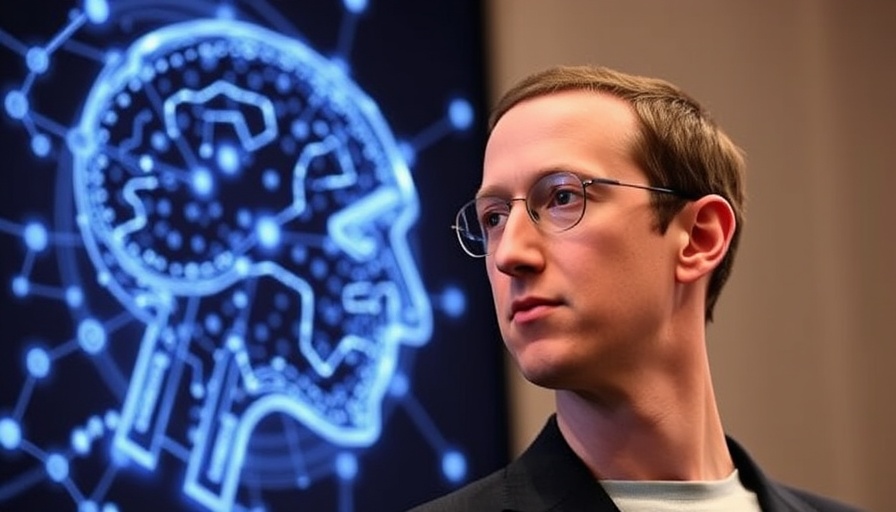
Transforming Robotics Through Vision-Language Models
In the rapidly evolving landscape of artificial intelligence, large Vision-Language Models (VLMs) are heralding a new age for robotic manipulation. These models integrate visual perception with language understanding, enabling robots to interpret and act upon instructions in a way that mirrors human cognition. This article provides a concise survey of the recent developments in VLMs, emphasizing their architectural frameworks and the remarkable advancements that promise to reshape our interactions with machines.
Advancements That Matter: The Role of VLMs
The synergy between vision and language models is key to enhancing robotic capabilities. Traditional robots often struggle with ambiguity in human commands. However, VLMs are designed to reduce such ambiguities by interpreting context from visual inputs along with textual cues. This not only streamlines tasks like sorting and assembling but also introduces robots that can engage more naturally in human-like interactions, representing a leap toward more intuitive technology.
The Ethical Landscape of AI Integration
While technological advancements are promising, they also warrant careful consideration of ethical implications. The intersection of AI and society raises questions about job automation, equity in technology access, and the societal shifts induced by pervasive AI applications. As VLMs become more prevalent in workplaces, the conversation must expand to include how these technologies can be employed for social good, mitigating risks of inequality and ensuring equitable distribution of their benefits.
Future Trends: Where Are We Headed?
Looking ahead, the future of VLMs in robotic manipulation is rife with potential. Innovations such as enhanced contextual understanding and improved safety protocols are on the horizon. As these models advance, they could revolutionize various sectors, from manufacturing to healthcare, creating intelligent systems that aid human workers rather than replace them. However, clear policies and governance frameworks will be crucial in guiding these developments responsibly.
As we stand on the brink of this technological frontier, the integration of AI into society presents both challenges and opportunities. Engaging with these developments not only prepares us to navigate the complexities of AI but also empowers us to harness its capabilities for collective improvement.
 Add Row
Add Row  Add
Add 




Write A Comment